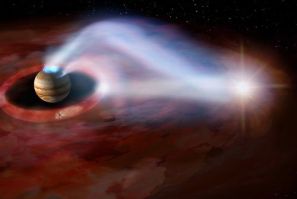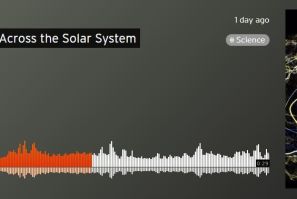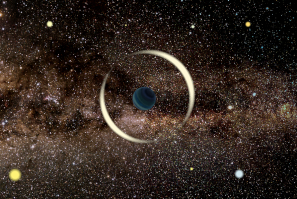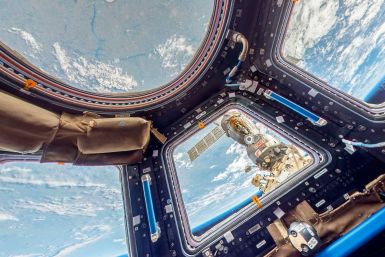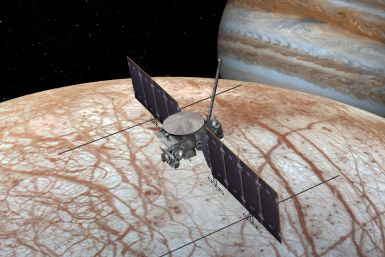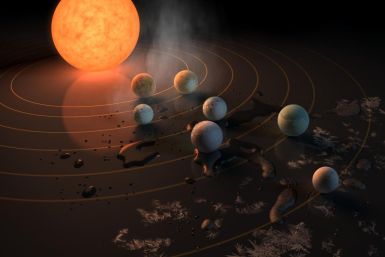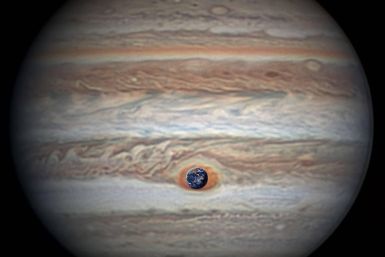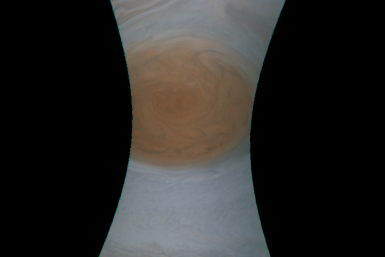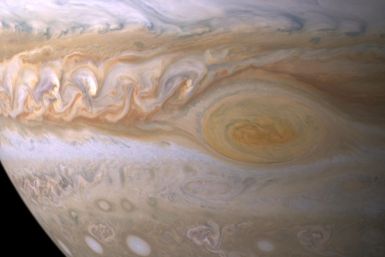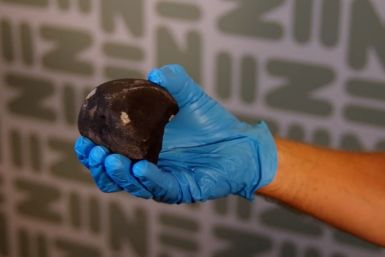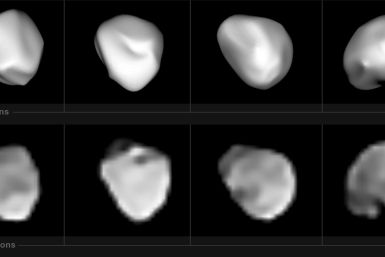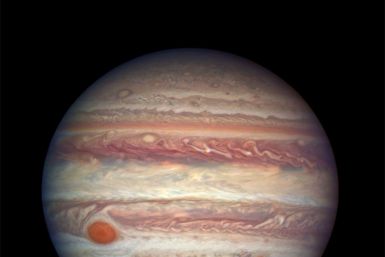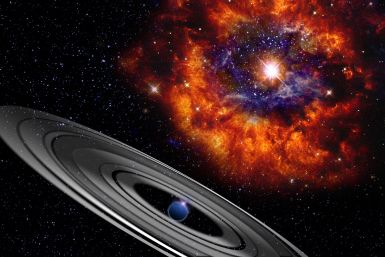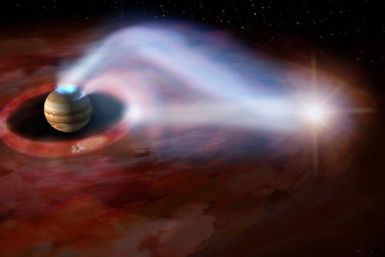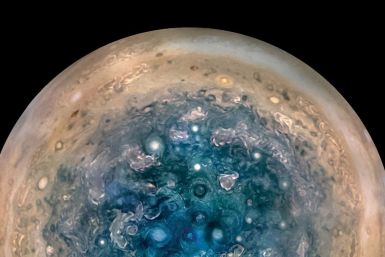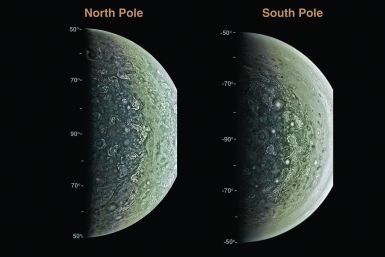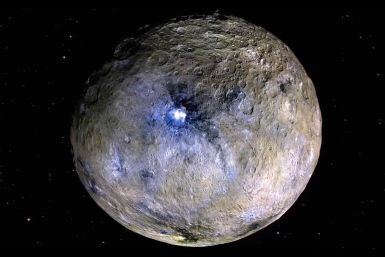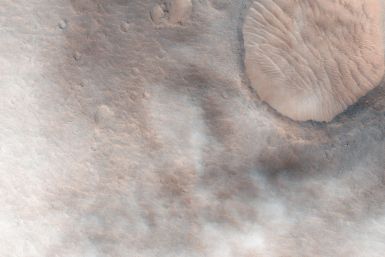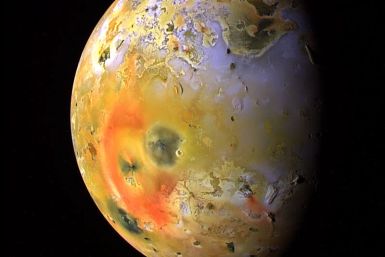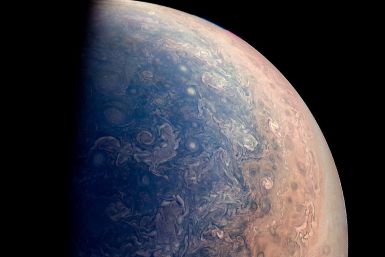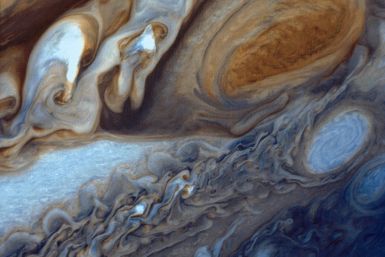Scientists have determined the origin of organic material found earlier this year in Ceres using NASA's Dawn space probe.
Google Maps now allows you to explore Pluto, Venus and the most exciting moons of Saturn and Jupiter.
Astronomers discovered some of the moons in our solar system even before they had found all of the planets. Here are the first moons discovered and the ones found in the last few years.
The Cassini spacecraft has been studying the Saturn system since 2004 and the mission comes to an end Sept. 15, when it will fall into the planet’s atmosphere and burn up.
Astronomers think there might be more planets, specifically gas giants like Jupiter, orbiting in the alien solar system Trappist-1 and waiting to be discovered.
Jupiter’s Great Red Spot is the biggest and longest-living storm scientists have ever seen. That could help them understand the conditions on exoplanets as we search the universe for alien life.
NASA’s Juno spacecraft has sent back photos of its close flyover of the planet Jupiter’s Great Red Spot, a massive storm that has been swirling for hundreds of years.
On the evening of July 4, the NASA spacecraft will complete one full year and about 71 million miles in orbit around the largest planet in the solar system.
Dutch scientists say a meteorite that crashed near Amsterdam this year is about as old as the Earth, so it can tell us how our solar system and our planet formed.
They make up more than a third of all meteorites that strike Earth and were thought to be parts of 6 Hebe, a main-belt asteroid between Mars and Jupiter.
Analysis of the composition of meteorites suggests that Jupiter formed very soon after the solar system came into existence.
A massive planet with rings larger than Saturn’s keeps eclipsing its young star and might have moons that are the right temperature to support alien life.
Jupiter has such powerful auroras because they come from volcanoes erupting on its moon Io, rather than the sun’s storms that create northern lights on planet Earth.
NASA's jet propulsion lab announced new findings about Jupiter on Thursday. The mission revealed beautiful photos from NASA's Juno.
The spacecraft made its first close pass of Jupiter Aug. 27, 2016, and findings based on the analysis of data collected were made public Thursday.
The dwarf planet Ceres was in the perfect spot for NASA’s Dawn spacecraft to take shots of its bright surface and its even brighter crater.
Earth isn’t the only planet in our solar systems that has storms. Clouds gather and lightning crashes throughout our neighborhood.
Io, one of Jupiter’s 67 known moons and the innermost among the Galilean satellites, is the most volcanically active body in the entire solar system.
When science and art come together, it can help us envision what our universe looks like beyond the bonds of Earth’s gravity.
The image was captured using the high-resolution JunoCam instrument from an altitude of about 32,400 miles above the gas giant’s atmosphere.
Astronomers say this new planet they found is like Jupiter but much hotter, and that makes for some freaky clouds and weather patterns.
Jupiter’s enormous swirling red storm, its Great Red Spot, is shrinking so much that it is changing shape and could soon be the size of Earth.






